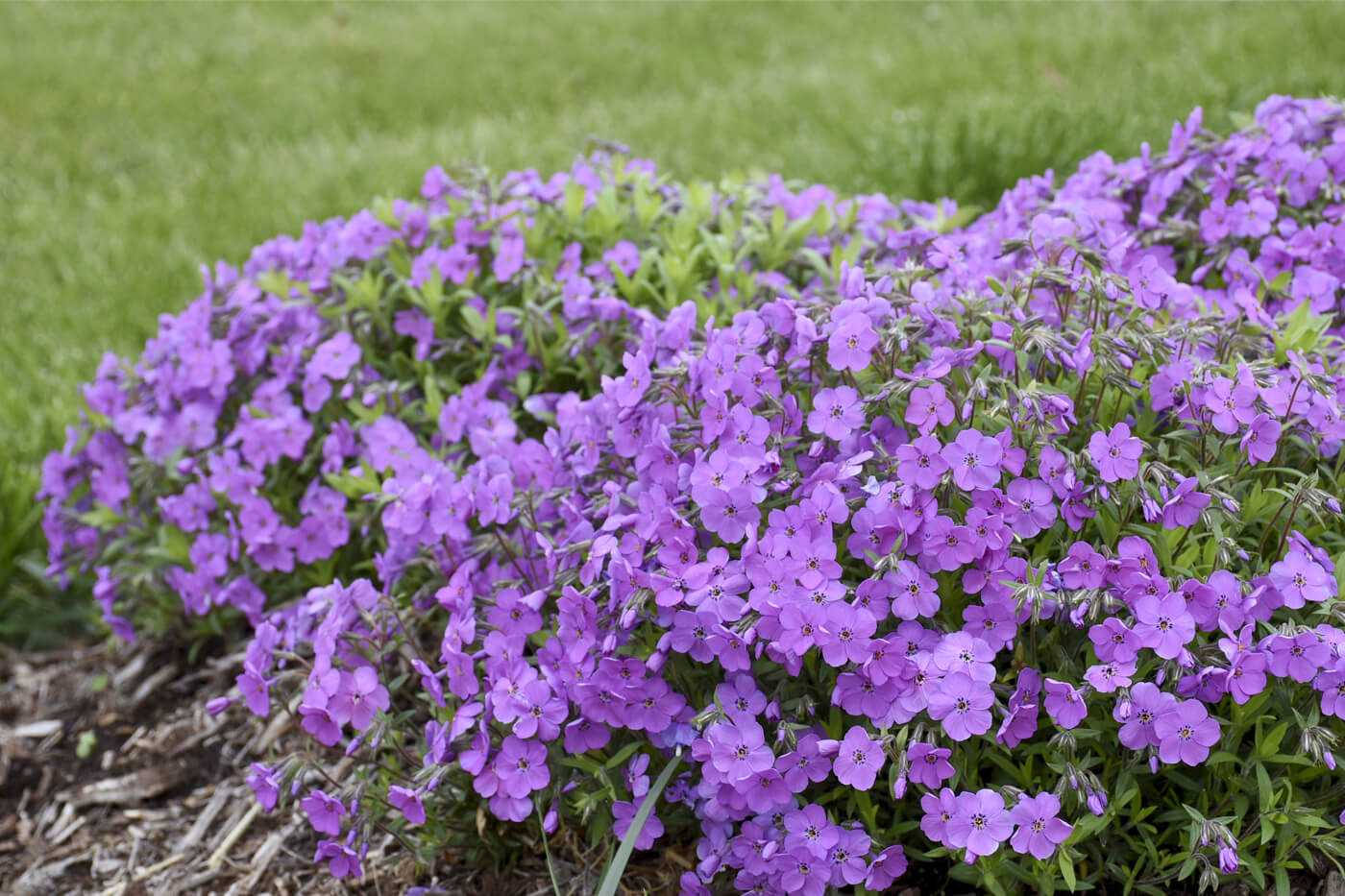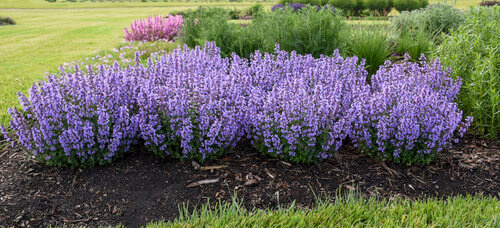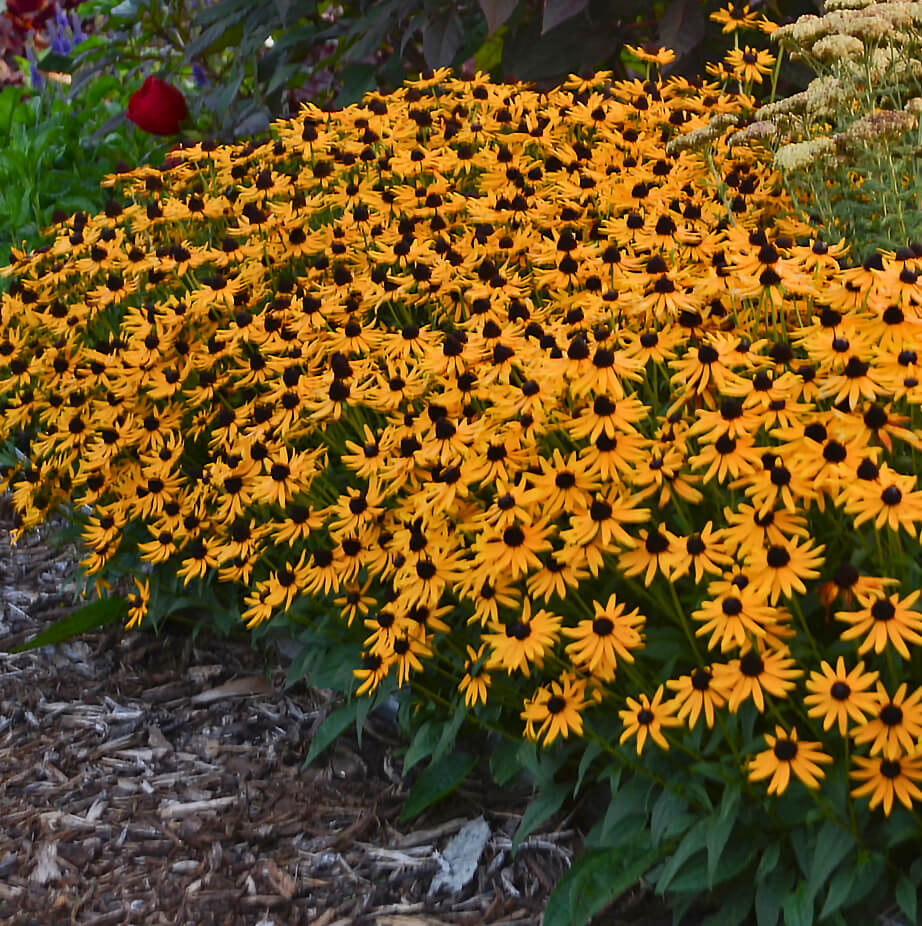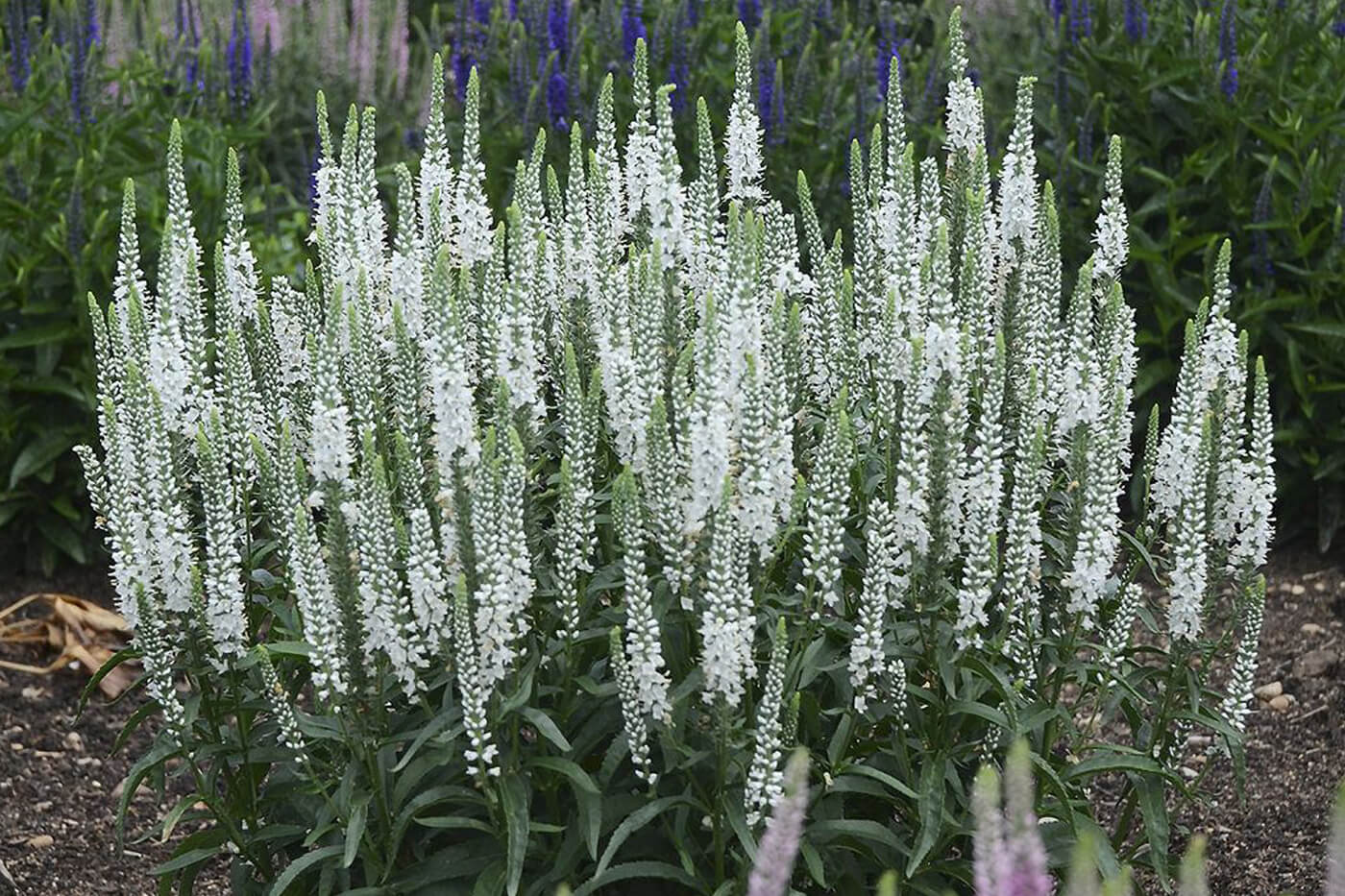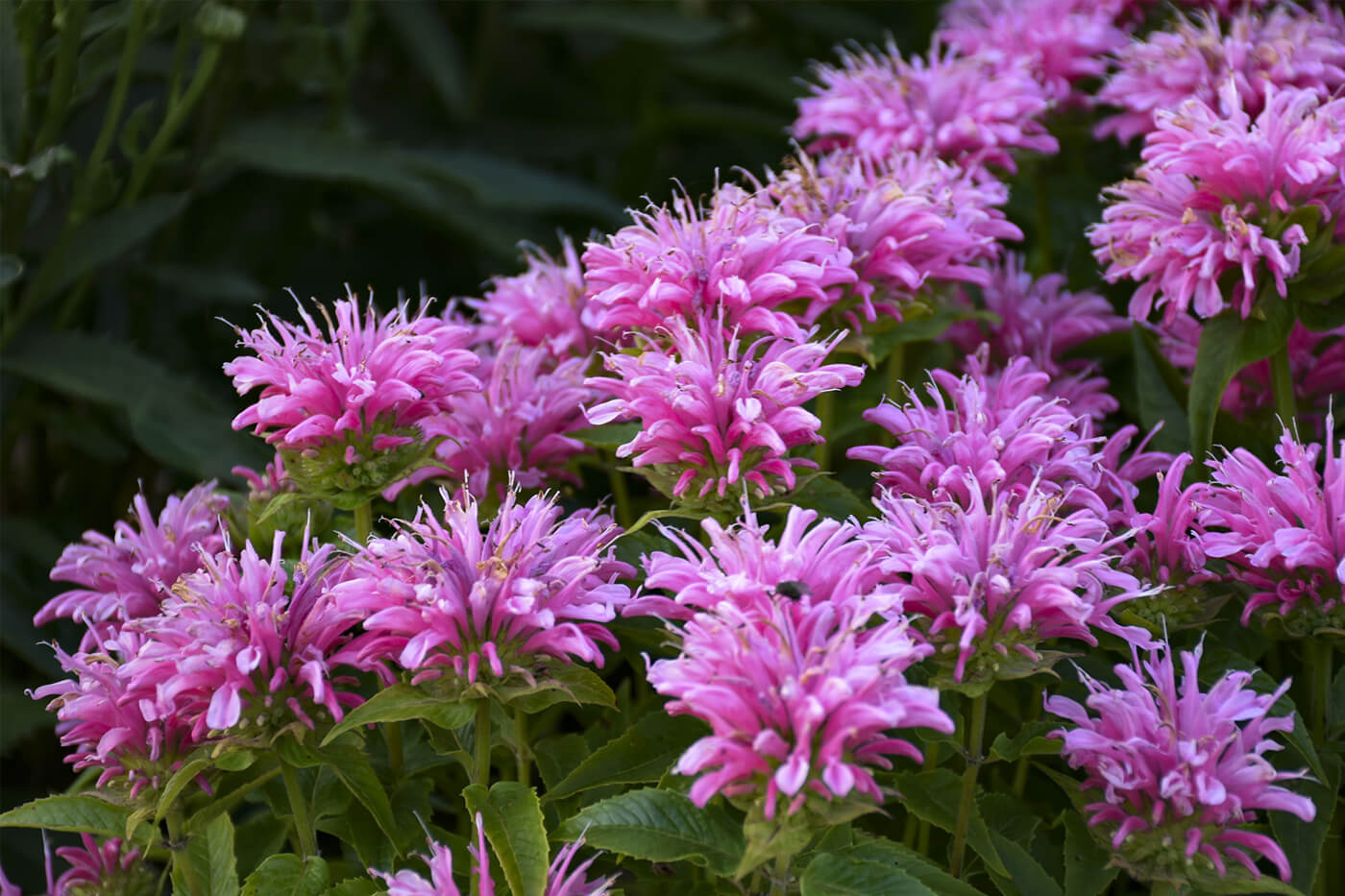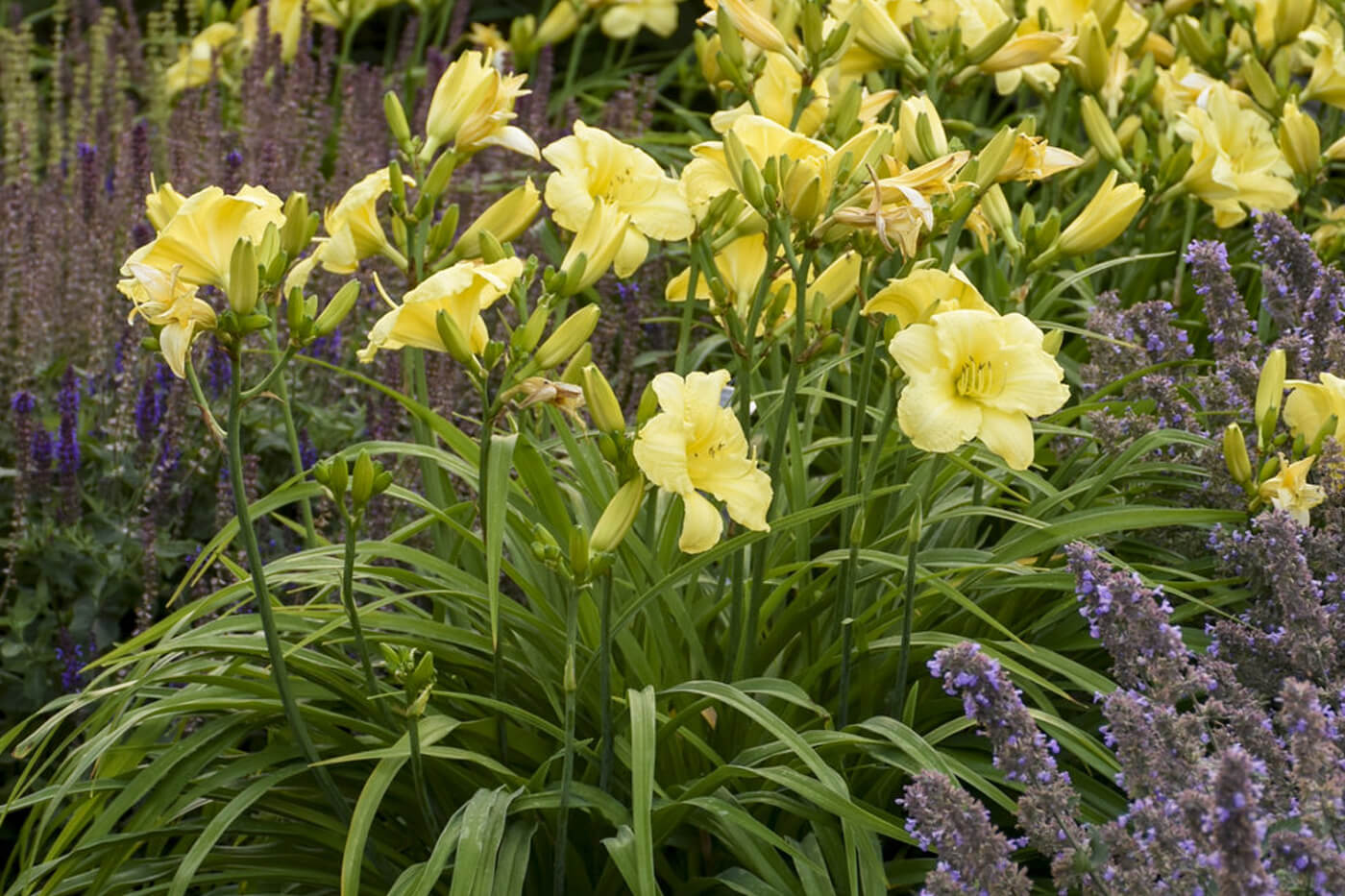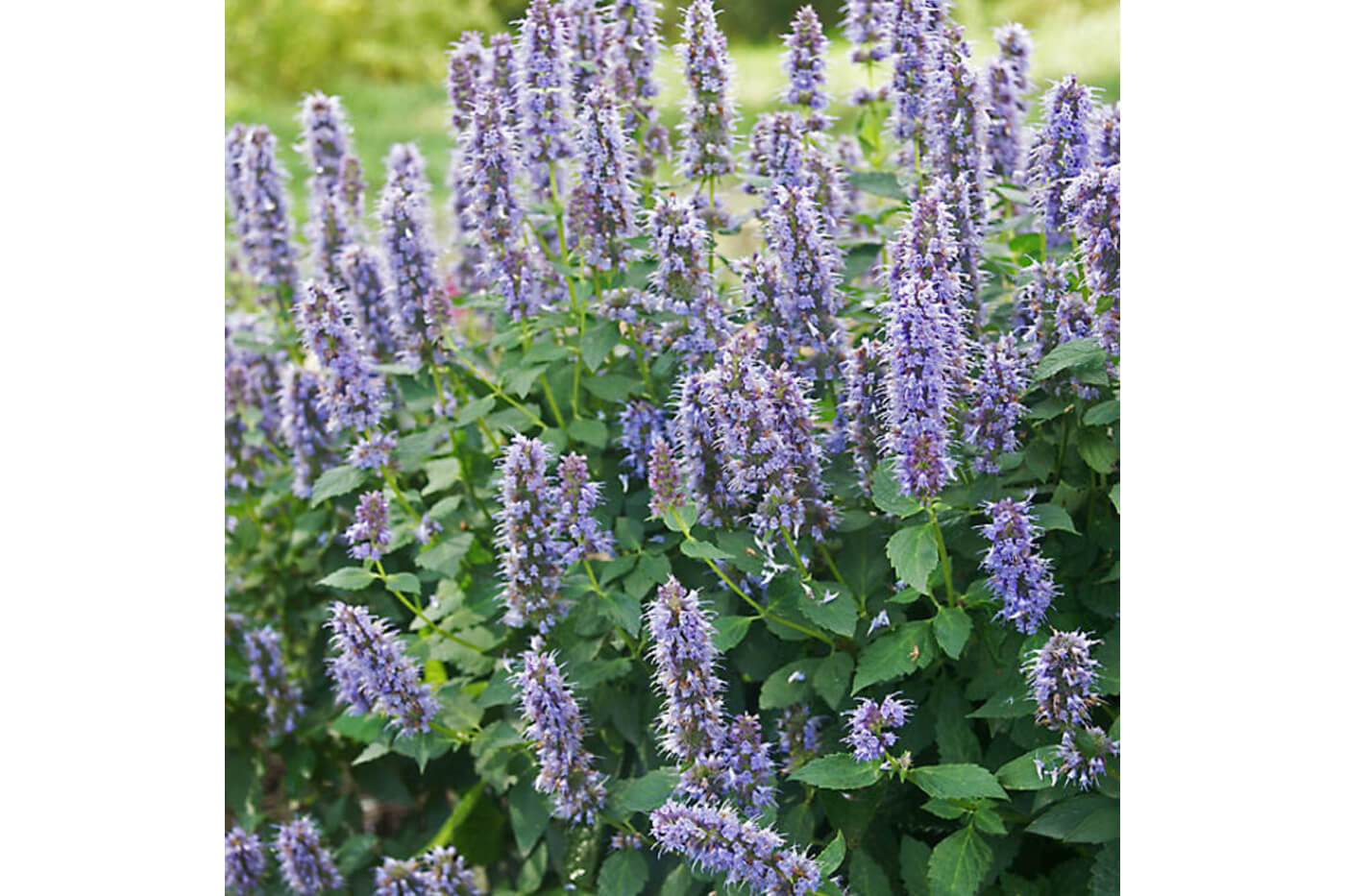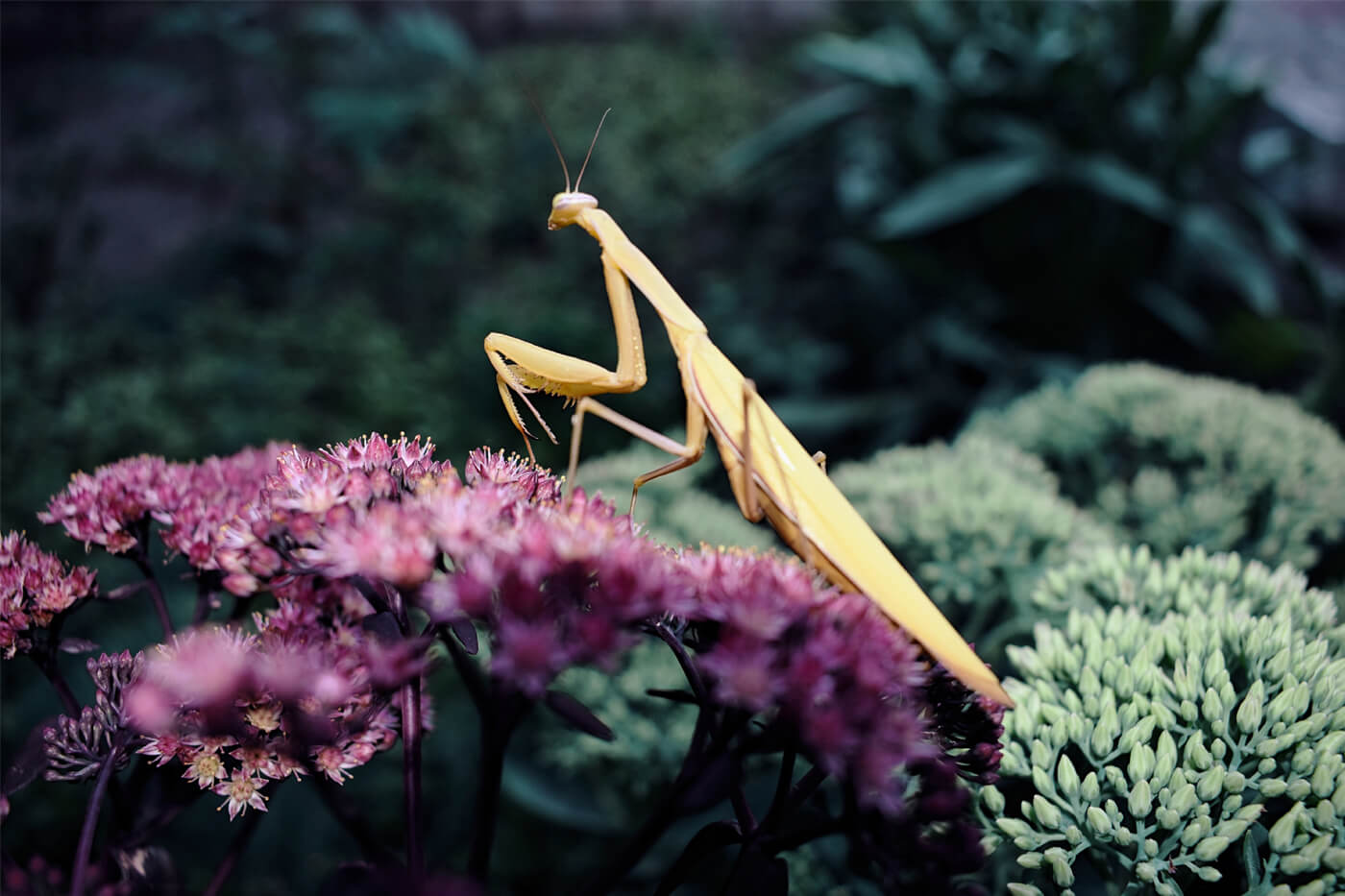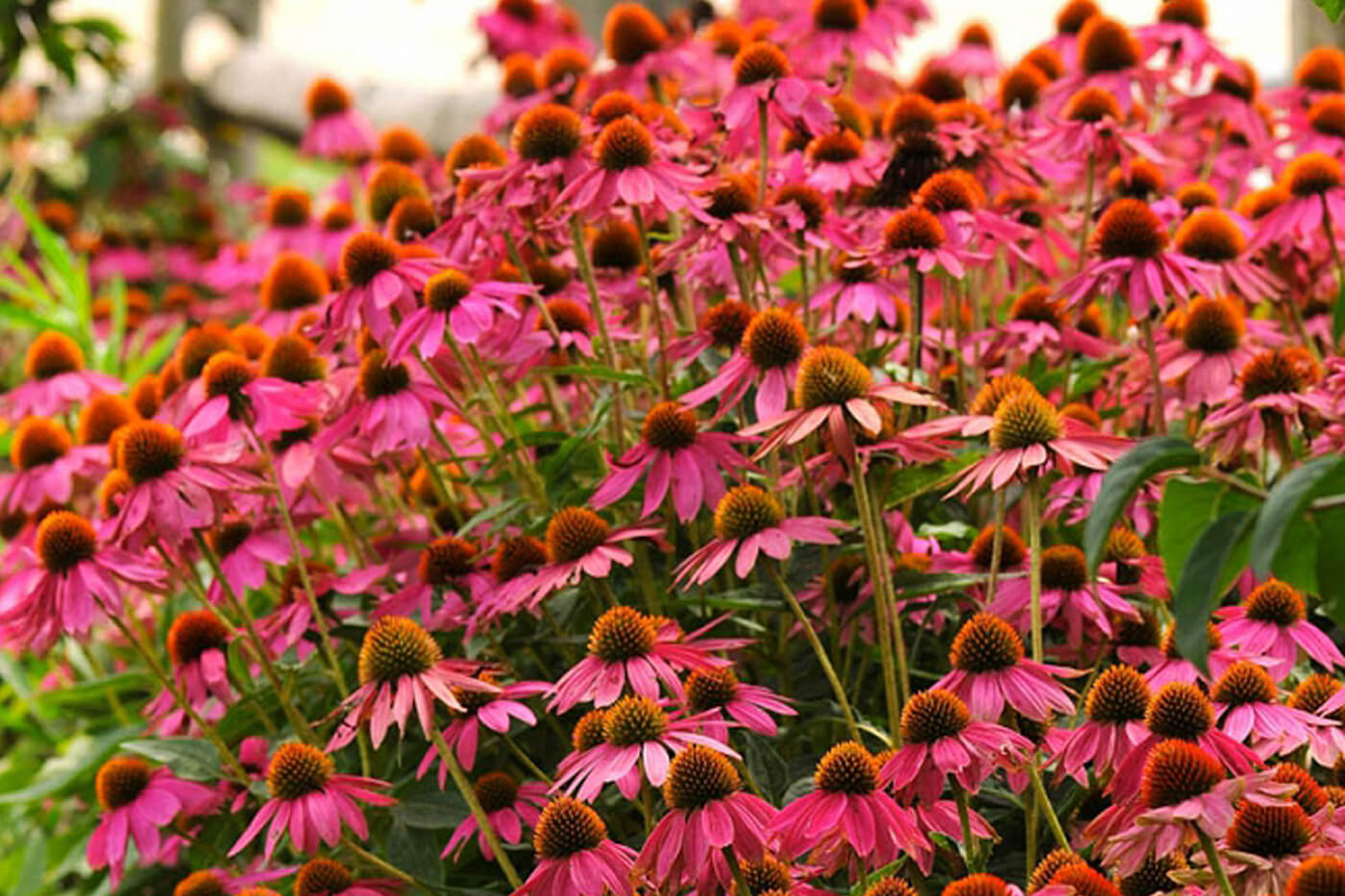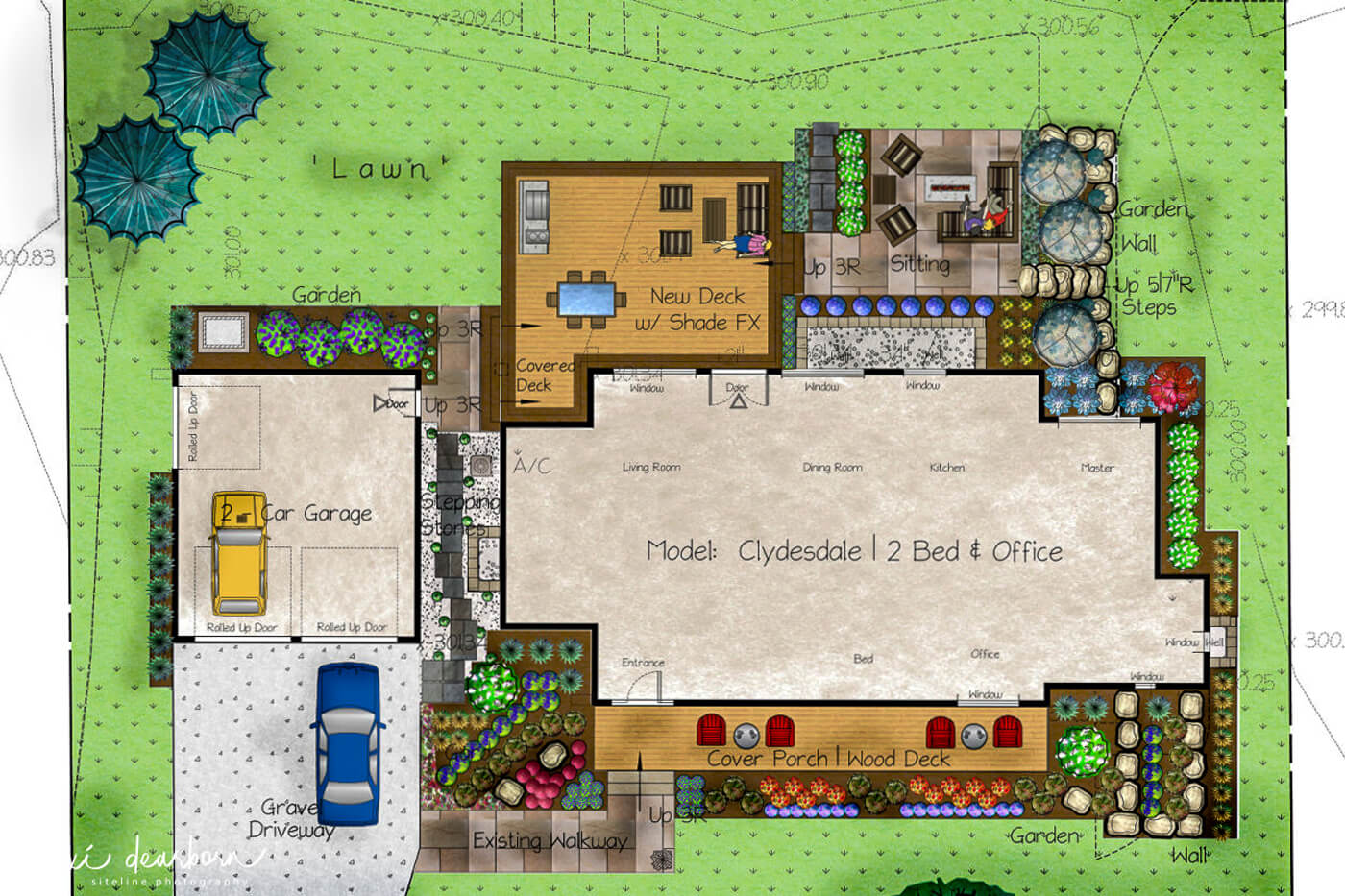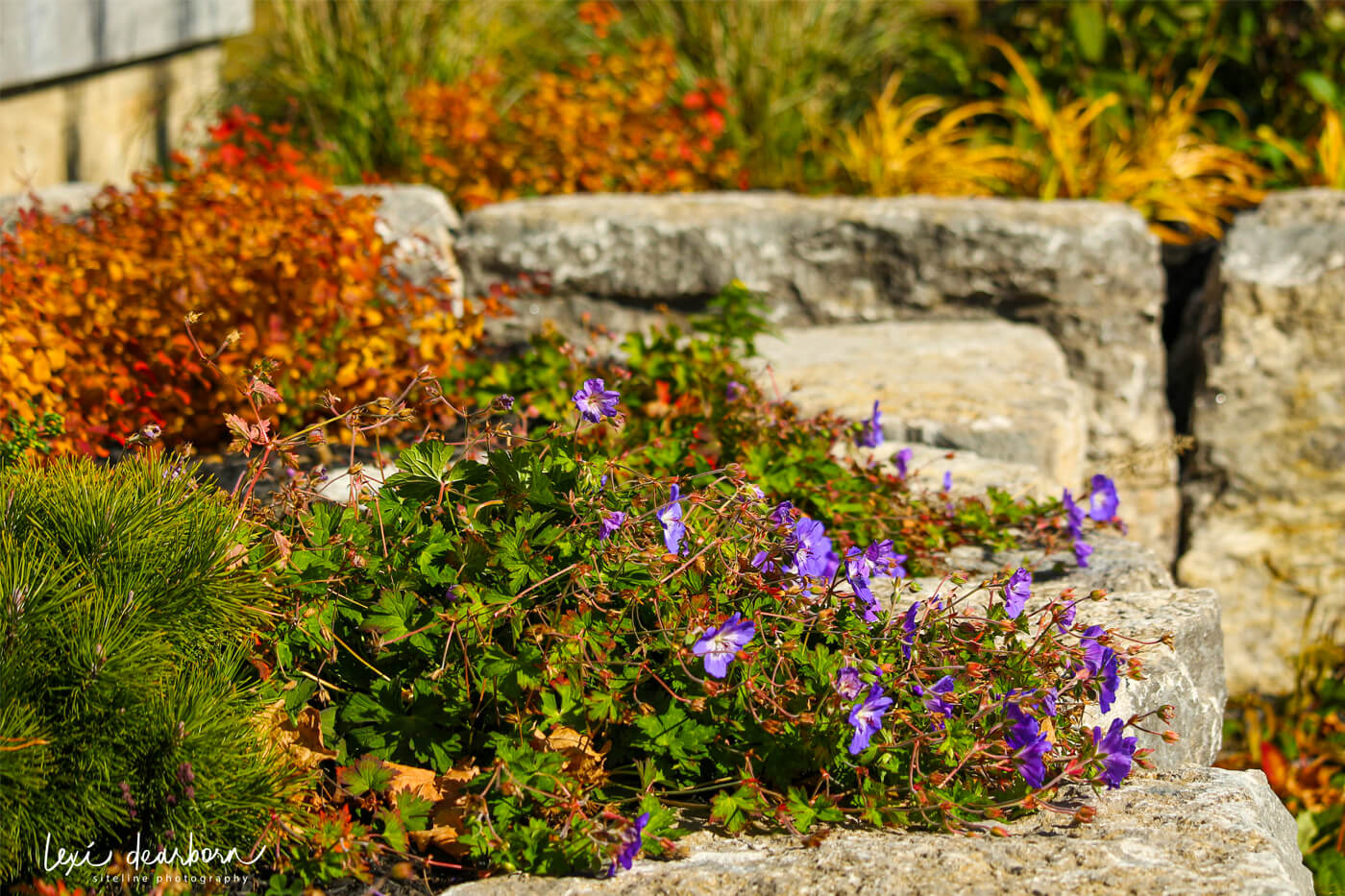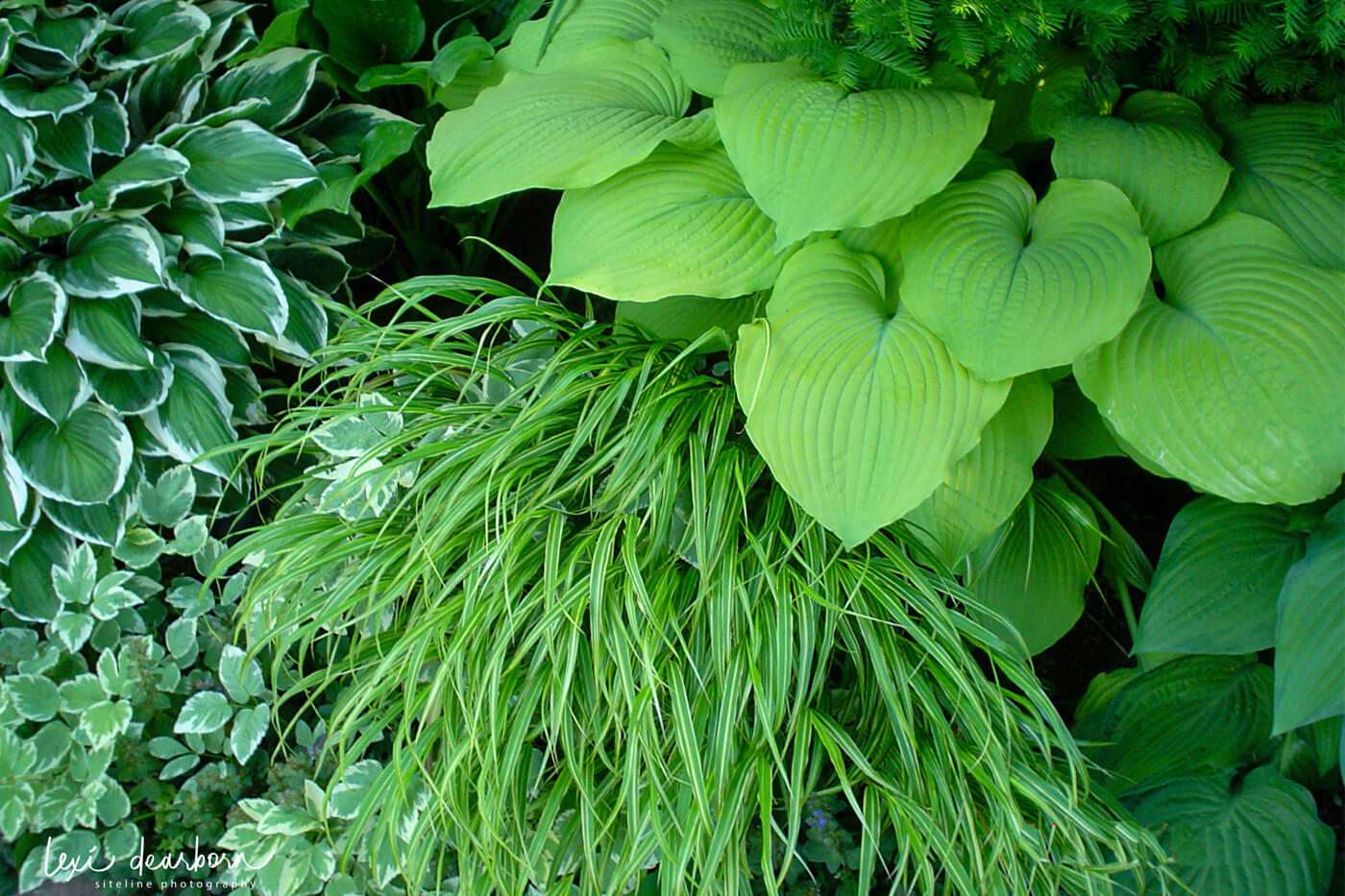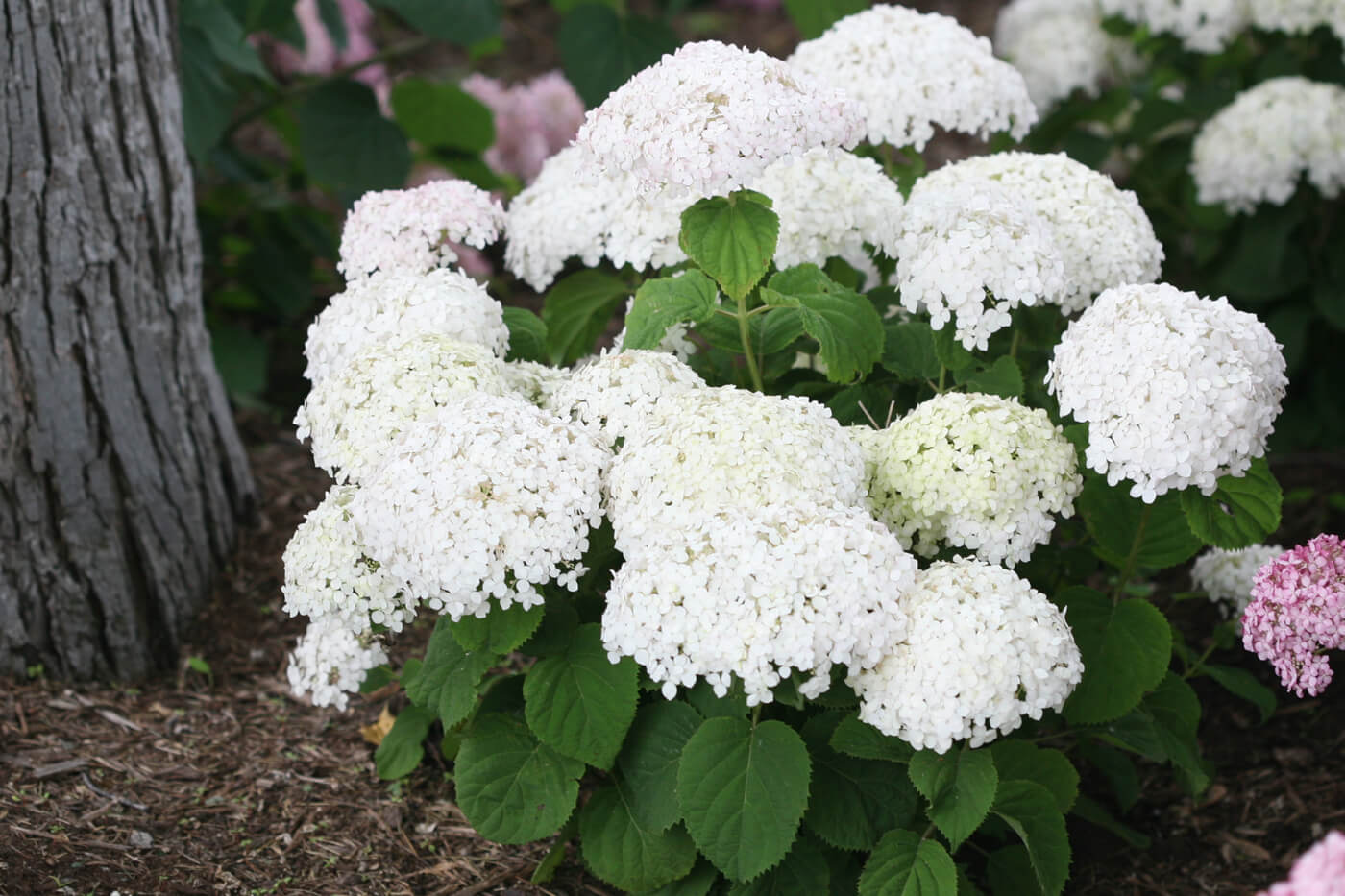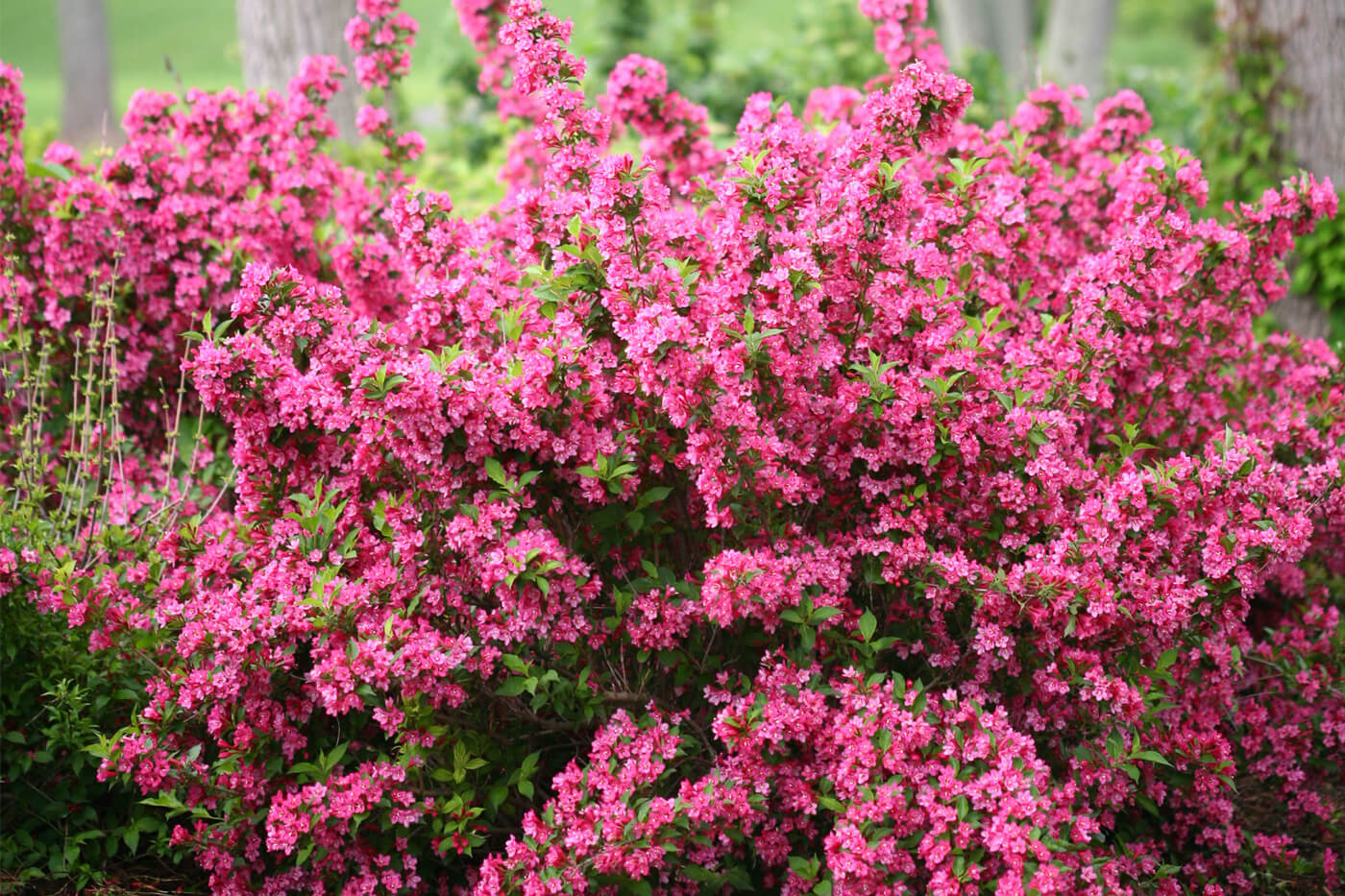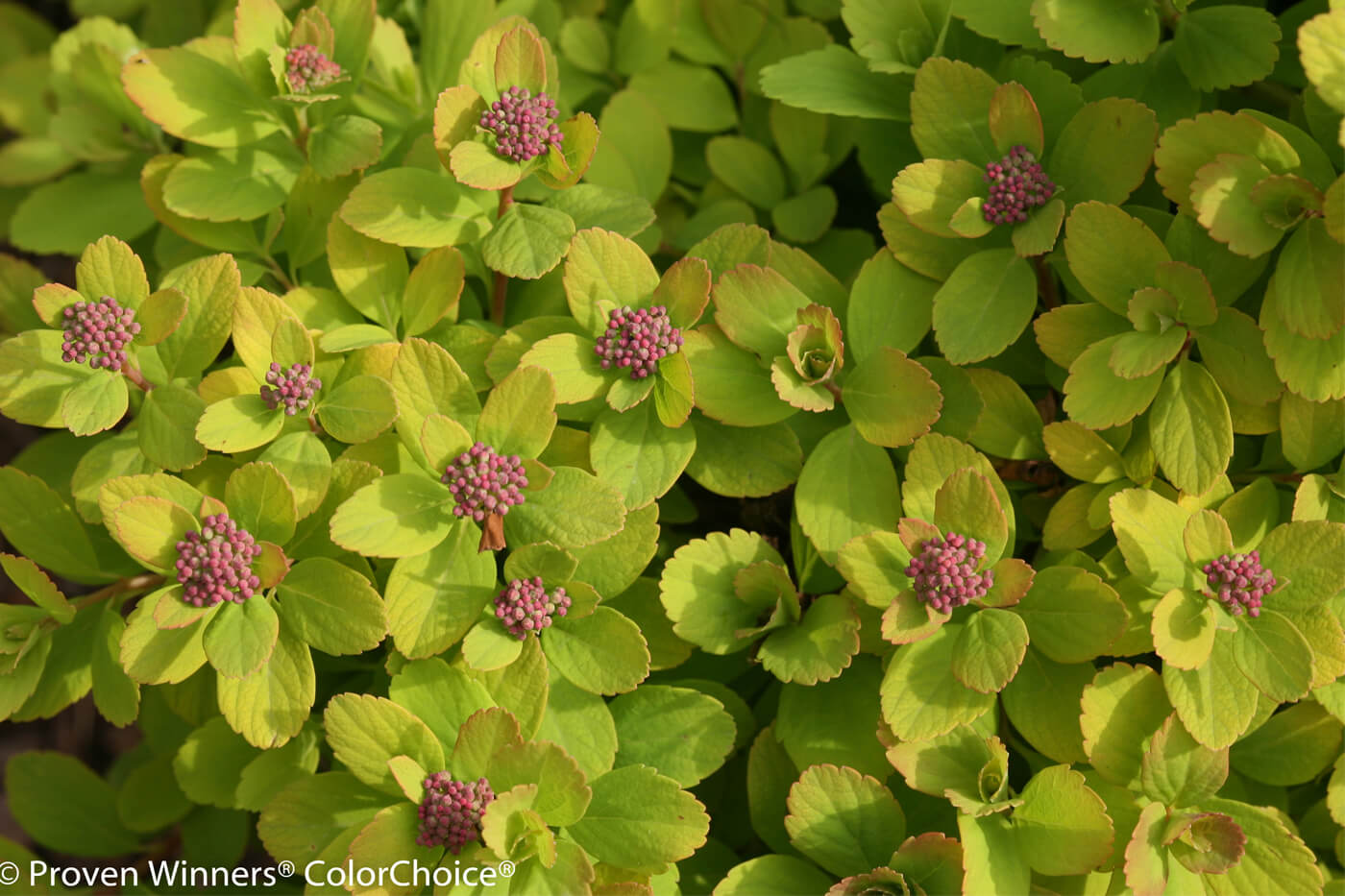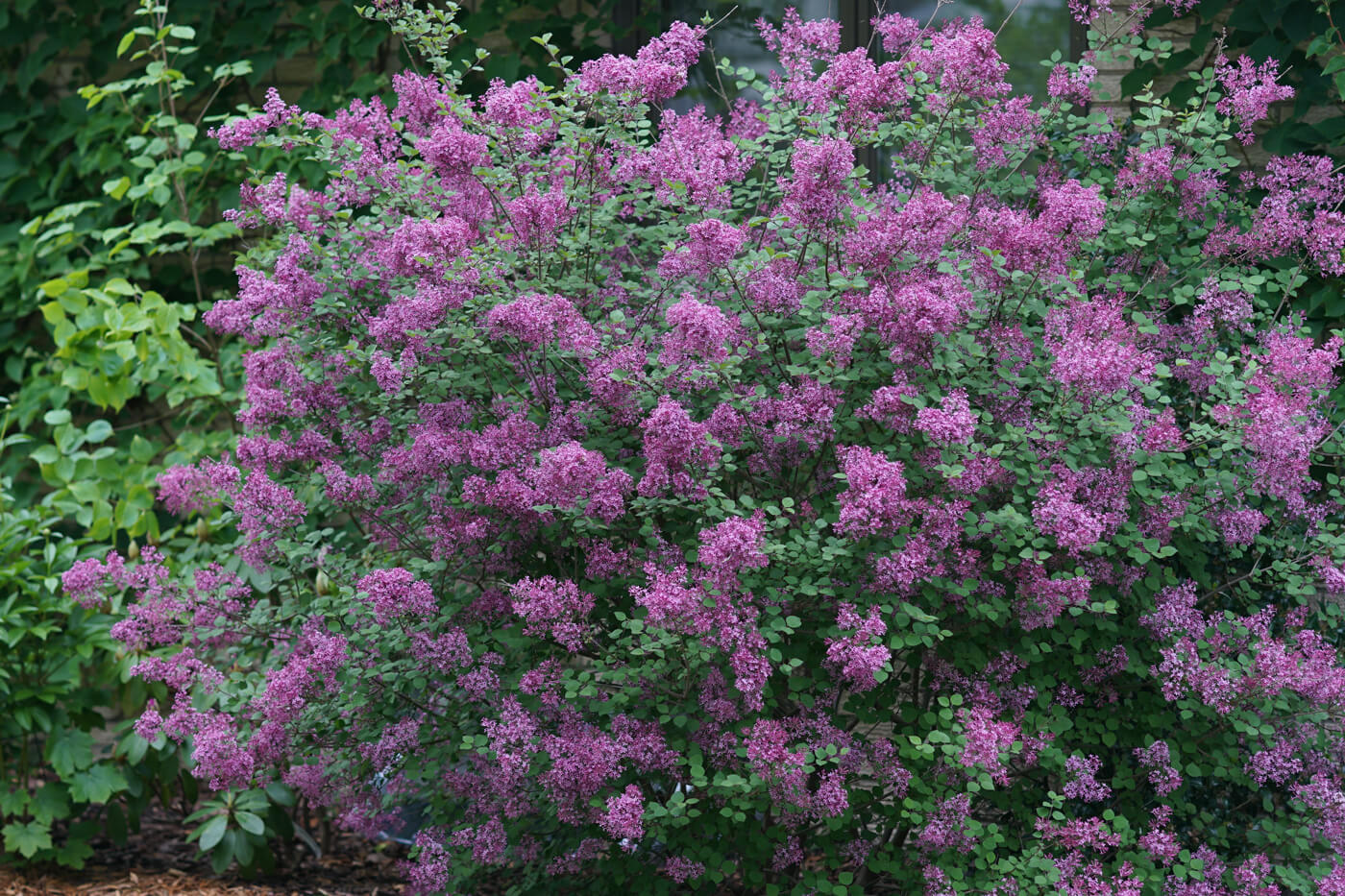Brilliant Ideas! Companion Planting!
Are you wondering what you can plant with mature lilac? You’ll be surprised to know there a number of amazing companion plants that work really well in the same garden as a mature lilac.
From a Facebook enquire – Pamela asked “Can I plant peonies in the same soil as a big lilac plot? I tried hydrangea in the same spot, and they didn’t do well, little foliage and they didn’t flower.”
The answer is yes, you can plant peonies in the same plot as the big lilac and yes, you can grow hydrangea as well.
Here’s what you need to know!
The roots of a mature lilac extend out past the dripline (ends of the branches at the widest point of the shrub canopy) by at least 1 ½ to 2 times. It is important to understand the size of the lilac root zone because the soil in this area will be dry. Simply put, the mature lilac roots take most of the water in this area, making soil conditions really dry. If you are going to plant in the root zone of a lilac, the only solution is to make sure you provide extra water to newly installed plants for at least the first 2 growing seasons. This might mean you need to hand water newly planted shrubs and perennials at least 3 times a week for the first growing season, and twice a week in the second growing season, and in times of really hot, dry weather, water daily.

Here’s what I did!
Like Pamela, I have a mature lilac in my front yard. I’ve planted Annabelle hydrangea next to the lilac because I wanted summer blooms and I really like hydrangeas. It took about 3 years for the Annabelle hydrangea to really get their roots established. For the first couple of growing seasons, I too only had small foliage and no blooms, but I kept giving the hydrangeas extra water through the growing season and in the third summer I was rewarded with blooms. Just a note, Annabelle hydrangea do need a bit of fertilizer in the spring but not much. Overfeeding will simply produce weak stems, excessive leafy growth and reduces flowering. You only need about 4 tablespoons per 4 square feet. Hydrangea naturally require a lot of water, especially in sunny locations so you may find you need to water daily.
Yes, you can plant peony in the lilac plot. I have planted pretty pink lacey peony in the same garden as my mature lilac. I did have to cut through a few of the fine lilac roots to plant the peony, however they have worked well. Peony tend not to be too fussy. They like full sun, shelter from strong winds, and they don’t like to be planted to deeply. When planting container grown peony, make sure the soil surface in the pot is at grade when the new plant is in the ground. If you bury the roots too deeply, you will get tons of foliage but no blooms.
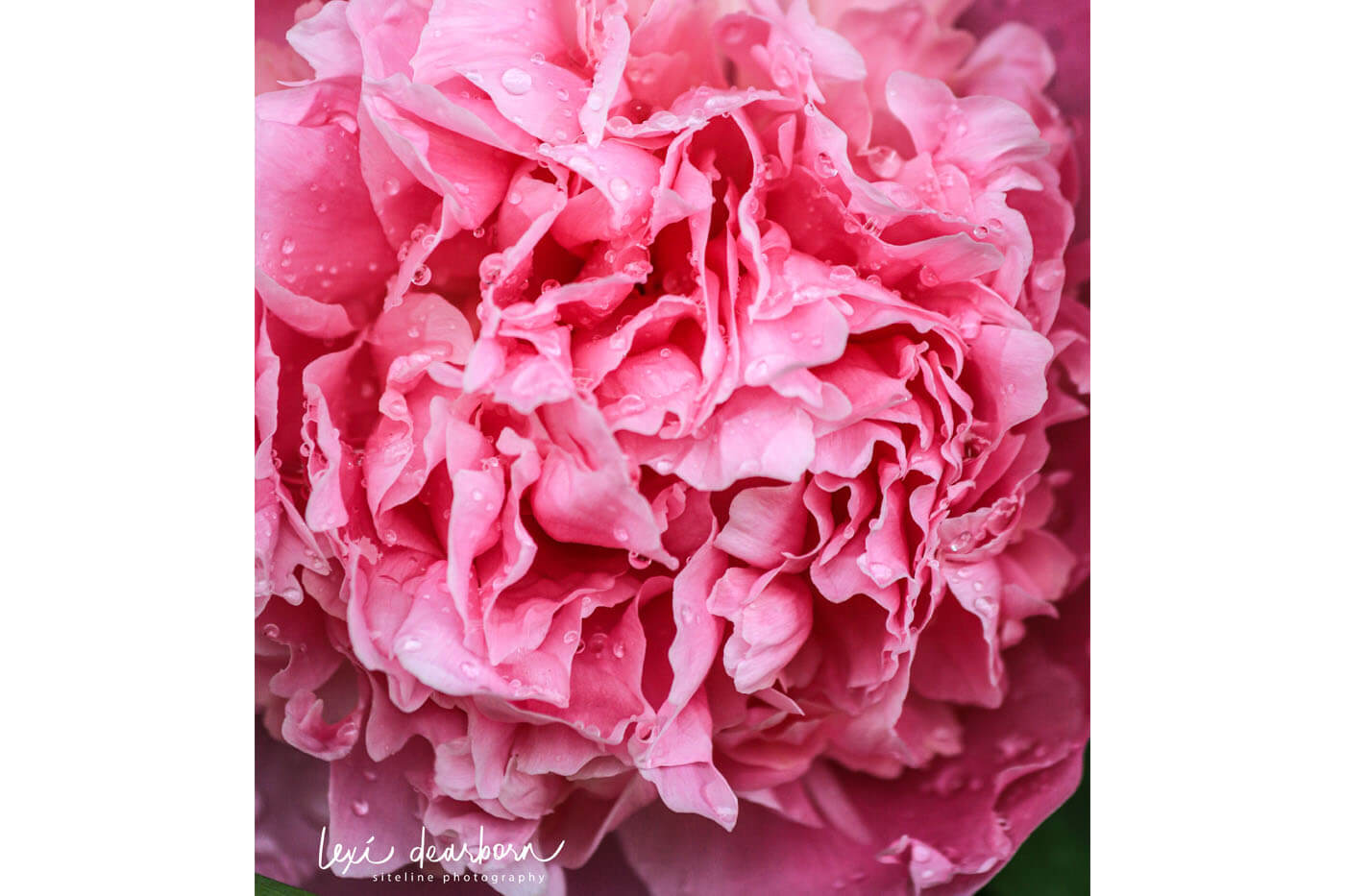
Mature lilac garden design!
From a design perspective, planting peony with lilac means lots of blooms in late spring, but none in summer or fall. If you have the space in your lilac garden and want summer blooms, here are my suggestions for companion perennials that really work.
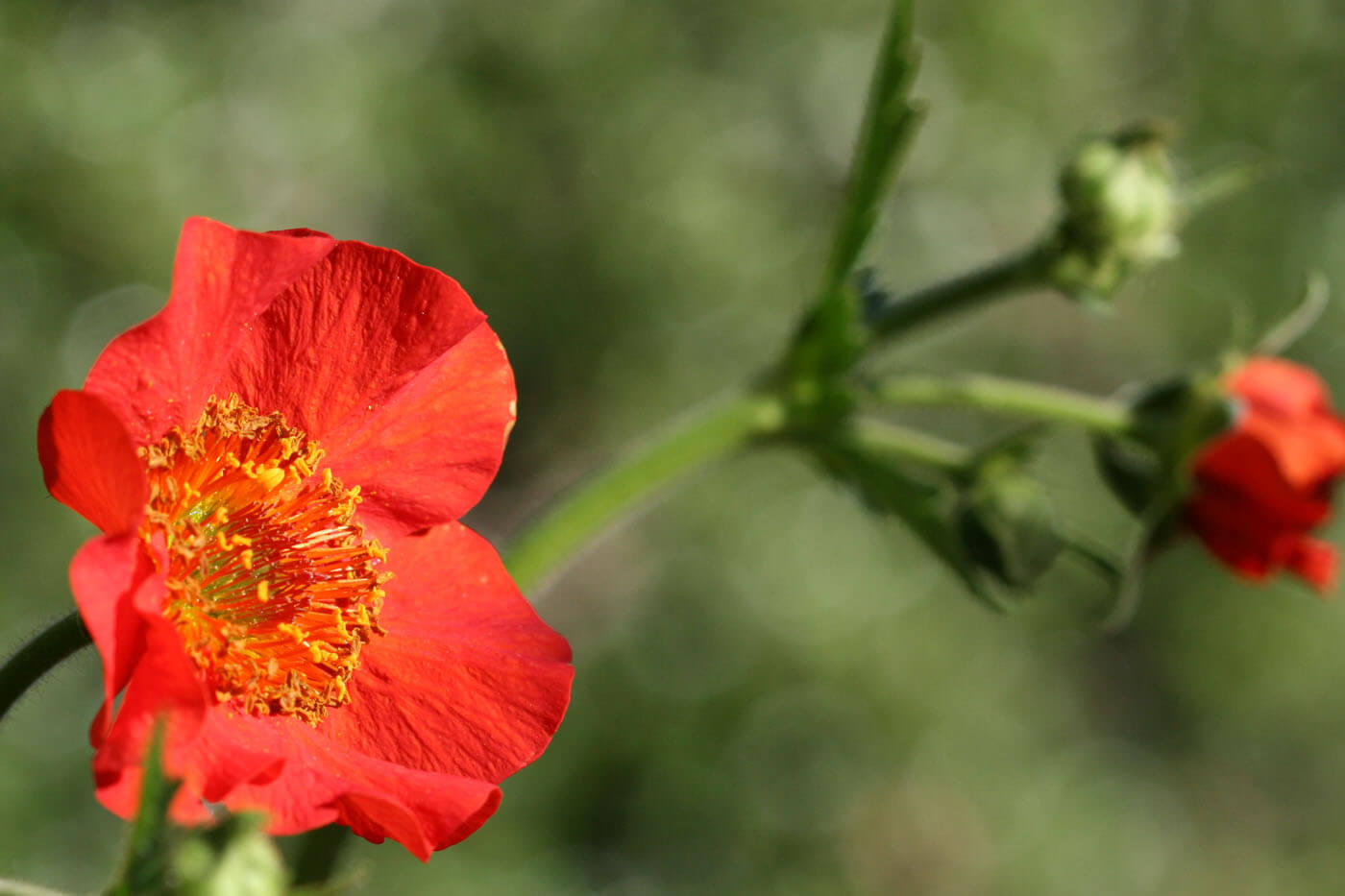
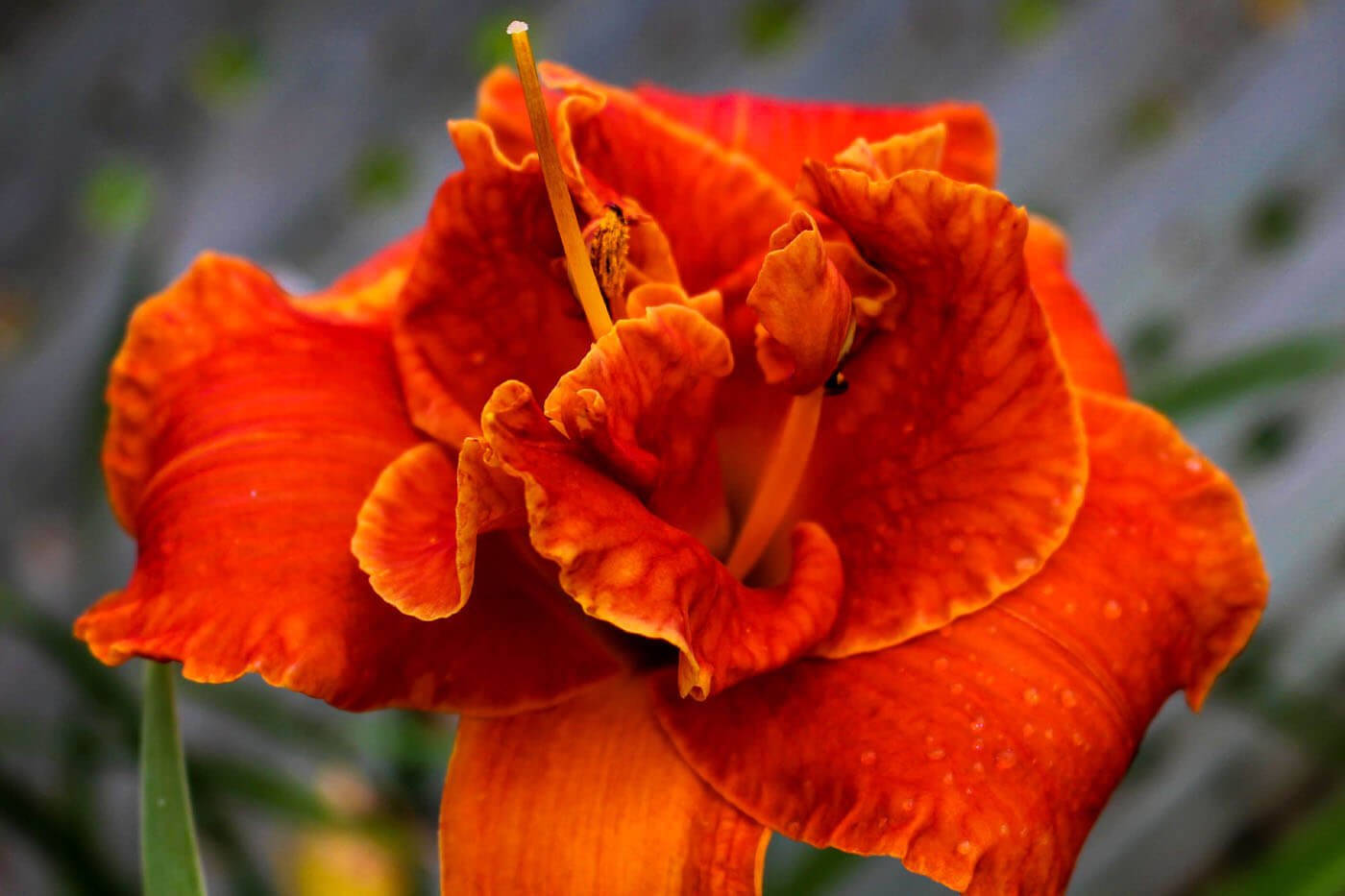
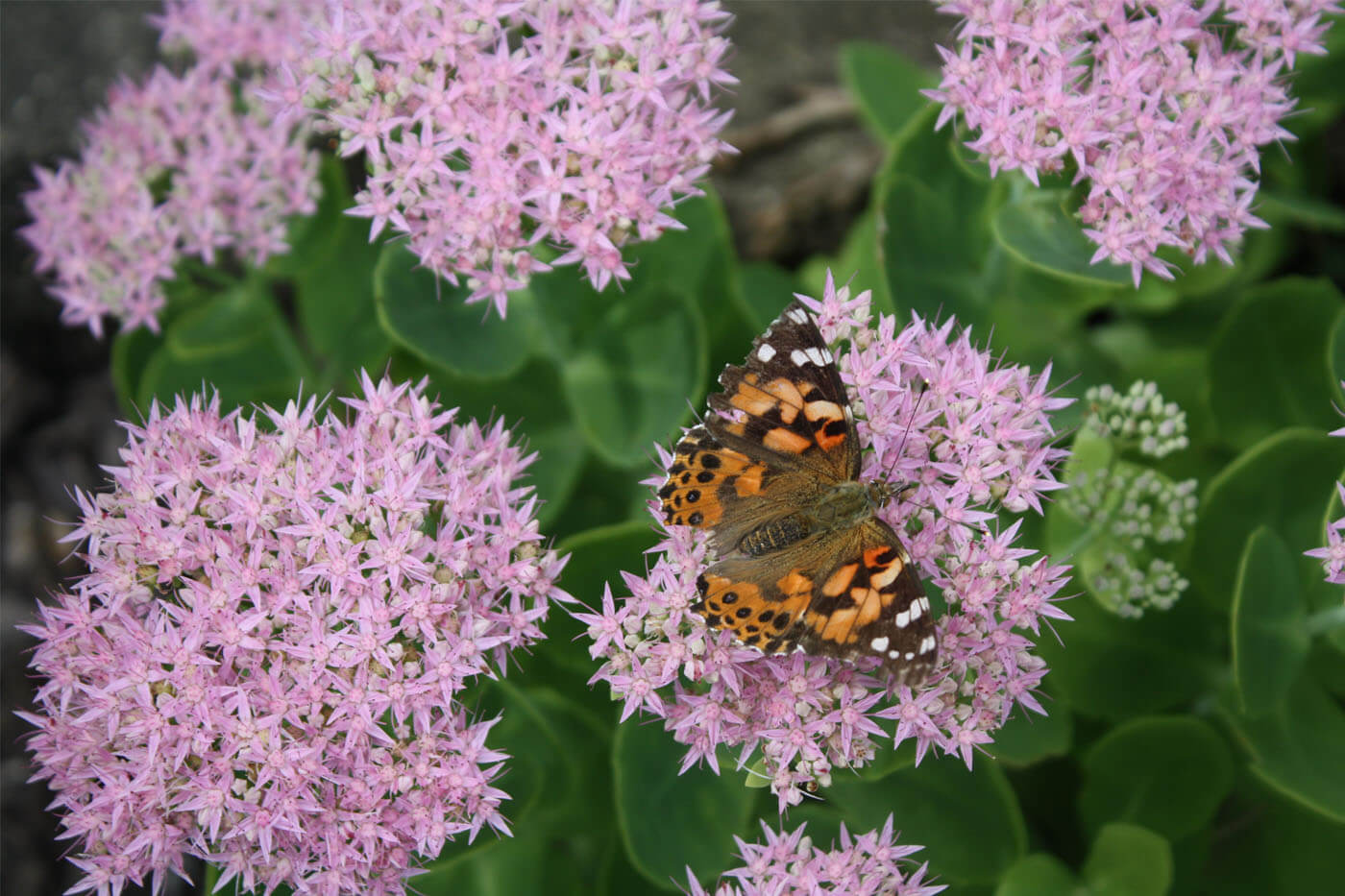
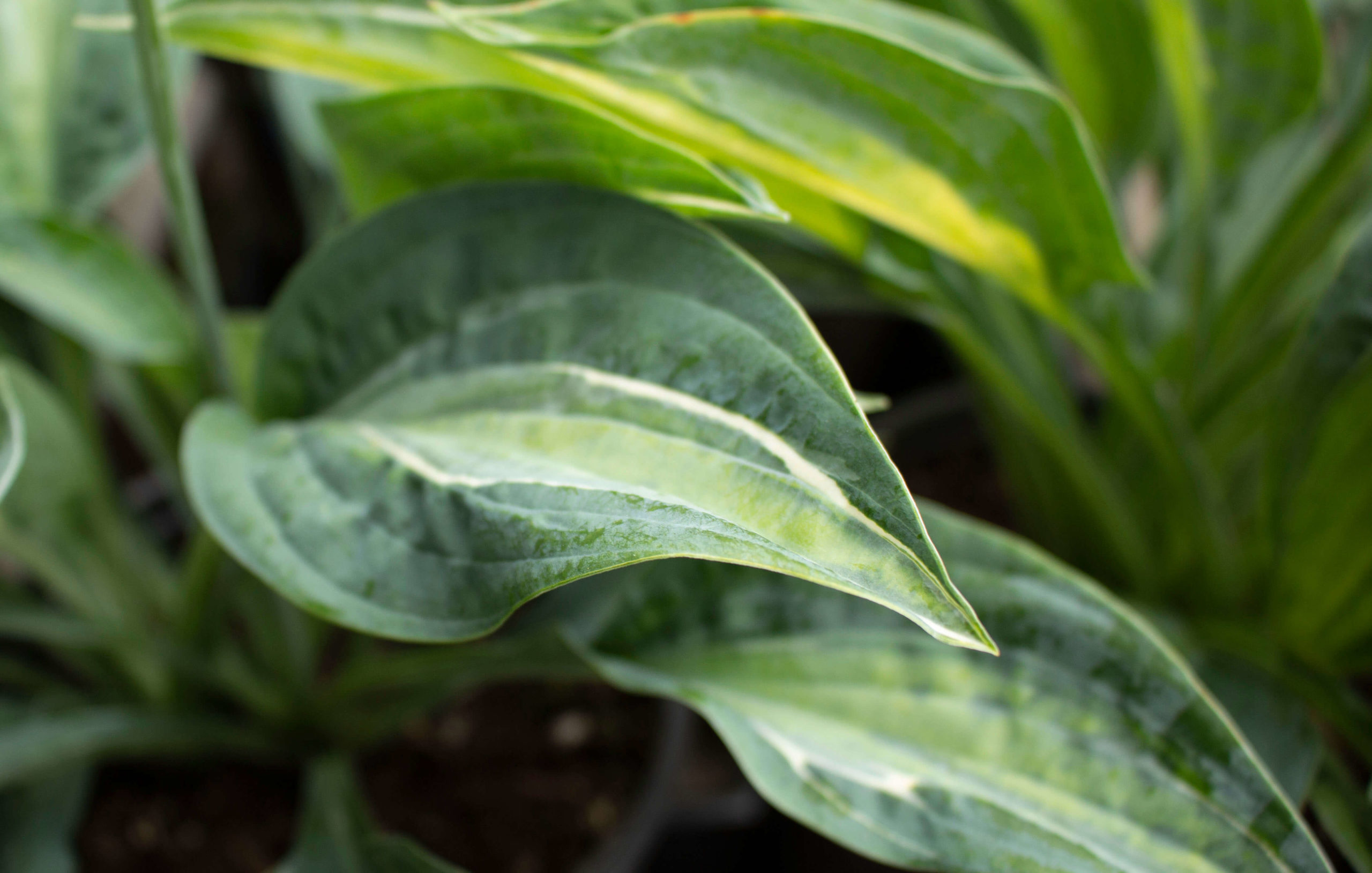
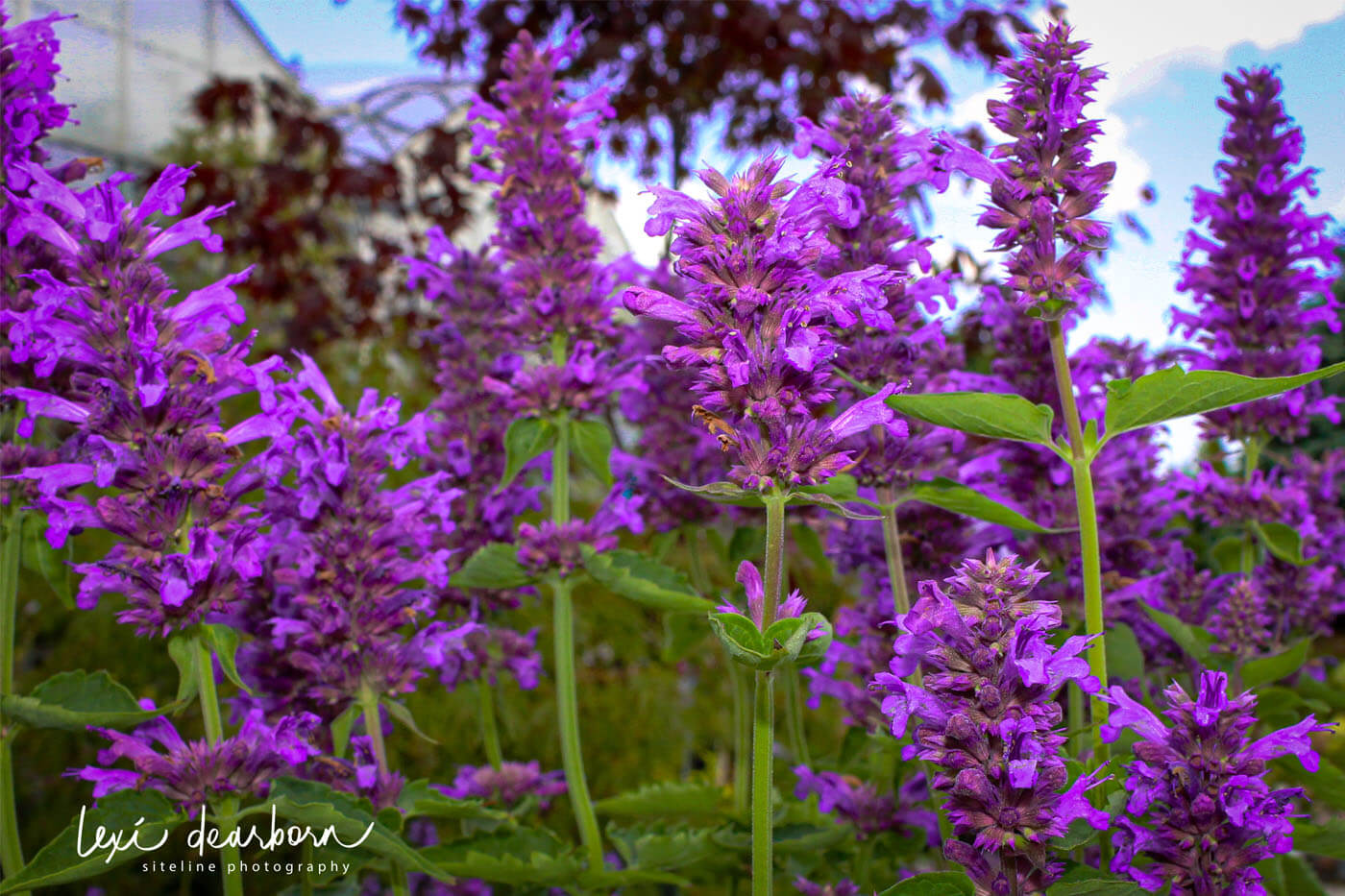
There are numerous flowering shrubs and perennials that work really well as companions with a mature lilac. Most of the above come in a wide range of colours, textures, and heights. Try a few with your mature lilac.
Happy Gardening
Lexi – The Gabby Gardener
